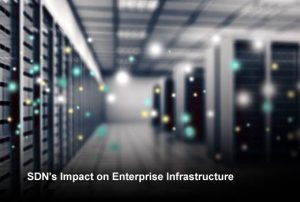By Arthur Cole
Supporting today’s workflows more cheaply and easily is only half the opportunity presented by the SDDC, however. The real gains come from transitioning all data operations to a DevOps model  that provides continuous support for applications and services without disrupting performance for the user. To get there, though, you’ll need to optimize your newly abstracted data environment for stateless and immutable functionality, says tech analyst Jason Bloomberg.
that provides continuous support for applications and services without disrupting performance for the user. To get there, though, you’ll need to optimize your newly abstracted data environment for stateless and immutable functionality, says tech analyst Jason Bloomberg.
In this way, developers can make improvements to applications and architecture in live production environments without complex workarounds or having to take the service off-line entirely. This can only come about when the enterprise is ready to implement a software-defined state, which provides a layer of abstraction between the logical persistent layer and underlying physical infrastructure to create an inherently stateless digital environment. At the same time, this frees the network edge from the restraints of physical infrastructure, allowing the enterprise to push more services and processing support closer to users where they can provide faster turnaround and improved performance. Not all the pieces for this vision are in place just yet, but they will be by the time most organizations have laid the groundwork for basic SDDC infrastructure.
Read the entire article at http://www.itbusinessedge.com/blogs/infrastructure/where-will-the-sddc-take-the-enterprise-and-how-quickly.html



